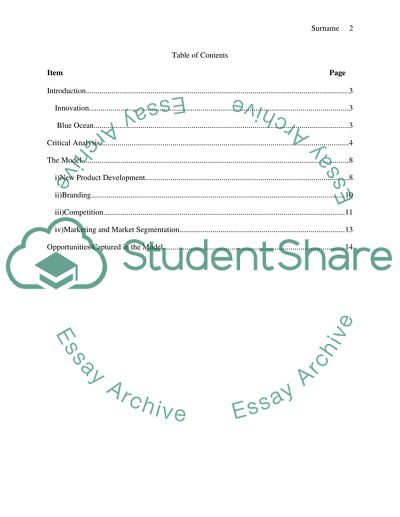Cite this document
(“Developing an Innovation Strategy for a Healthy Lifestyle at the Essay”, n.d.)
Developing an Innovation Strategy for a Healthy Lifestyle at the Essay. Retrieved from https://studentshare.org/marketing/1400729-food-health-innovation-in-retail
Developing an Innovation Strategy for a Healthy Lifestyle at the Essay. Retrieved from https://studentshare.org/marketing/1400729-food-health-innovation-in-retail
(Developing an Innovation Strategy for a Healthy Lifestyle at the Essay)
Developing an Innovation Strategy for a Healthy Lifestyle at the Essay. https://studentshare.org/marketing/1400729-food-health-innovation-in-retail.
Developing an Innovation Strategy for a Healthy Lifestyle at the Essay. https://studentshare.org/marketing/1400729-food-health-innovation-in-retail.
“Developing an Innovation Strategy for a Healthy Lifestyle at the Essay”, n.d. https://studentshare.org/marketing/1400729-food-health-innovation-in-retail.


